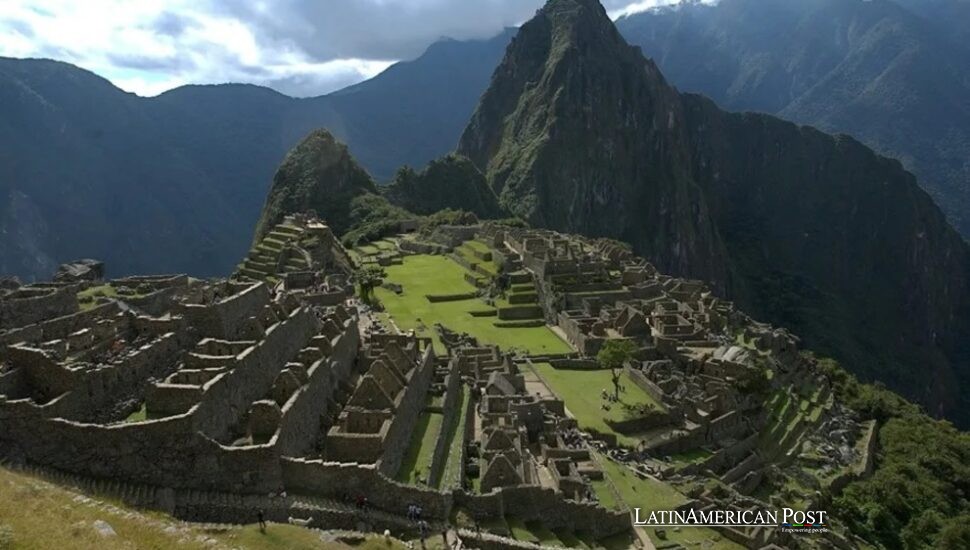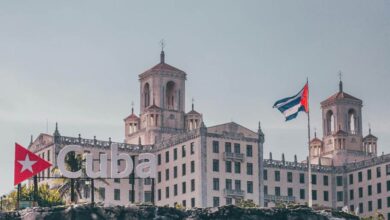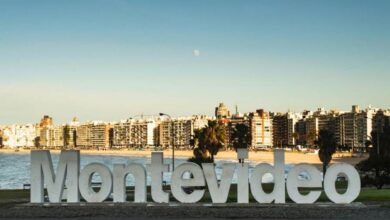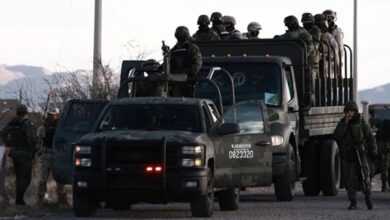Machu Picchu’s Wonder Status at Risk: Why Peru Must Act Before the World Looks Away

Once vaulted into global stardom as one of the New 7 Wonders of the World, Machu Picchu is now under scrutiny. Organizers warn that unchecked tourism, thin conservation, and social unrest are eroding its credibility as a global treasure.
A Title That Demands More Than Pride
When Machu Picchu was voted into the New 7 Wonders of the World in 2007, it was more than a marketing triumph. Peru had won global recognition for the jewel of the Andes—but also inherited a responsibility. “The designation implies a shared commitment to the conservation and responsible management of the site,” the organization reminded in a statement. In other words, this wasn’t a beauty contest. It was a pledge to the world.
Jean-Paul de la Fuente, director of New7Wonders, called the current situation a “wake-up call” in remarks to CNN. He stopped short of threatening to remove Machu Picchu from the list, but the tone was unmistakable: act quickly, or risk embarrassment on the global stage. A representative adviser is already on the ground in Peru to help craft short- and long-term fixes. The message is blunt—Peru asked the world to admire Machu Picchu; now the world expects it to be protected by world-class standards.
Tourism’s Triumph Has Become Tourism’s Trap
Peru’s campaign worked. Tourists came in droves, filling trains from Cusco and buses up the winding road to the citadel. Hotels and restaurants thrived, and Machu Picchu became synonymous with Peru’s national brand. But success has become its own undoing.
Even with timed entries and daily visitor caps, crowds frequently exceed sustainable numbers. The experience has shifted from wonder to conveyor belt—selfies on terraces, hurried shuffles through sacred plazas, the sense of awe diluted by congestion. The fragile stonework and terraces, never meant to absorb millions of feet each year, bear the strain.
The risks are not only physical. Protests and political unrest in recent years have cut off access to the site, stranding travelers and emptying local businesses. Machu Picchu has become both a victim of its own popularity and a hostage to national politics. What was once billed as a steady source of pride now looks like a fragile commodity—one rail strike or political crisis away from collapse.
Solutions exist but require political will. Ticket prices can be adjusted to steer demand, routes diversified to spread visitors across the Sacred Valley, and seasonal incentives offered to ease peak-season crushes. Investing in neighboring archaeological sites and museums could spread both foot traffic and revenue, allowing Machu Picchu to breathe while broadening the story Peru tells.
Share the Dividends, Share the Duty
For communities around the citadel, Machu Picchu can feel more like an extractive industry than a shared legacy. When thousands of day-trippers descend, leaving litter and contributing little else, local cooperation frays. If Peru wants to conserve Machu Picchu, it must ensure that the surrounding communities benefit visibly and sustainably.
That means transparent revenue-sharing and stable funding for local infrastructure—water, waste management, and transport—that bears the brunt of heavy tourism. It also means building careers in preservation, not just tourism. Apprenticeships in stone conservation, restoration crews, interpretive guides, and scientific monitoring roles can tie local livelihoods directly to safeguarding the sanctuary.
Conservation succeeds when neighboring towns thrive. Peru has a chance to lead by example, showing the world that heritage protection and community prosperity are not in conflict but in partnership.
A Plan Beats a Panic
New7Wonders is not asking Peru to panic; it is asking Peru to plan. Officials already have proposals for strategic transformation. The difference will be whether governance delivers: one table where stakeholders meet, one timetable with deadlines, public reporting, and enforcement that doesn’t vanish in holiday surges or political squabbles.
The first step is clarity. Publish a scientifically grounded carrying-capacity model and link ticket sales directly to it. Digitize ticketing to eliminate scalping and speculation. Use dynamic pricing to encourage shoulder-season travel. Above all, dedicate a fixed portion of ticket revenue exclusively to conservation and community projects, with annual public audits.
Design also matters. Visitor management should elevate the sense of awe, not diminish it. That means multilingual interpretation, clear wayfinding, quiet hours, and restrictions on drones or intrusive behavior. Visitors must feel they are entering a living sanctuary, not a theme park.
And the plan must anticipate the future. Climate change threatens slope stability, water systems, and fire risk. Partnerships with universities and global conservation institutes can provide the monitoring and research capacity needed. When political unrest arises, pre-agreed protocols can protect visitors and livelihoods without turning Machu Picchu into a bargaining chip.

EFE@Paolo Aguilar
The Chance for Peru
Machu Picchu is not in danger of being erased from postcards or guidebooks tomorrow. But its global reputation is at stake. The warning from New7Wonders is not a condemnation—it is an invitation for Peru to lead.
The world already knows why Machu Picchu is wondrous. The question now is whether Peru will prove itself equally capable of stewarding that wonder for future generations. Accepting the challenge could transform a reputational risk into a renaissance.
Also Read: Mexico City Evictions and Ignored Protests Expose the Human Cost of Gentrification
The Inca builders carved terraces that have lasted half a millennium. Their genius was to work with nature, not against it. Today, Peru faces a test of its own. If it acts with the same foresight, Machu Picchu’s wonder will endure—not just as stone on a mountain, but as proof that modern stewardship can be as inspiring as ancient ingenuity.





